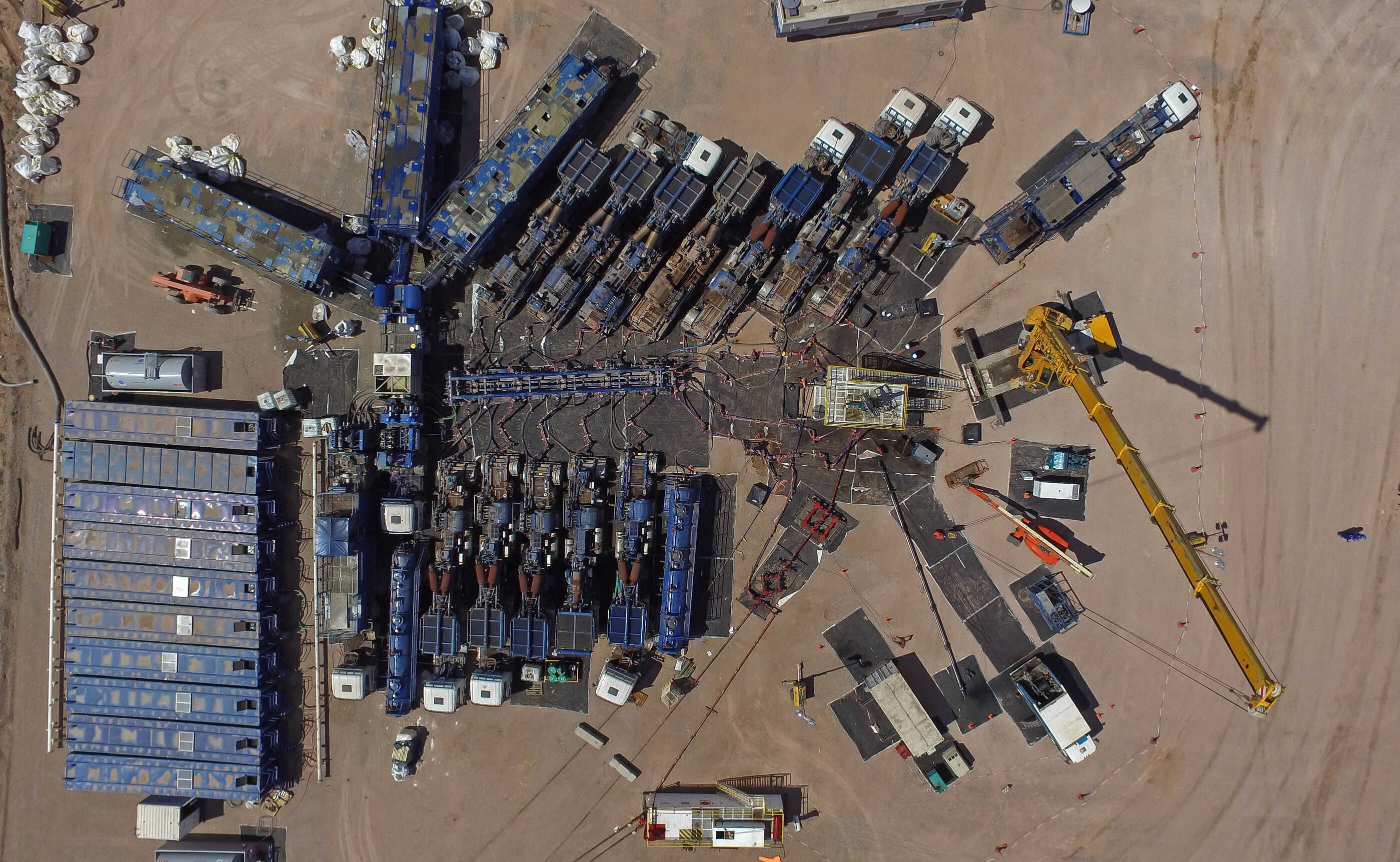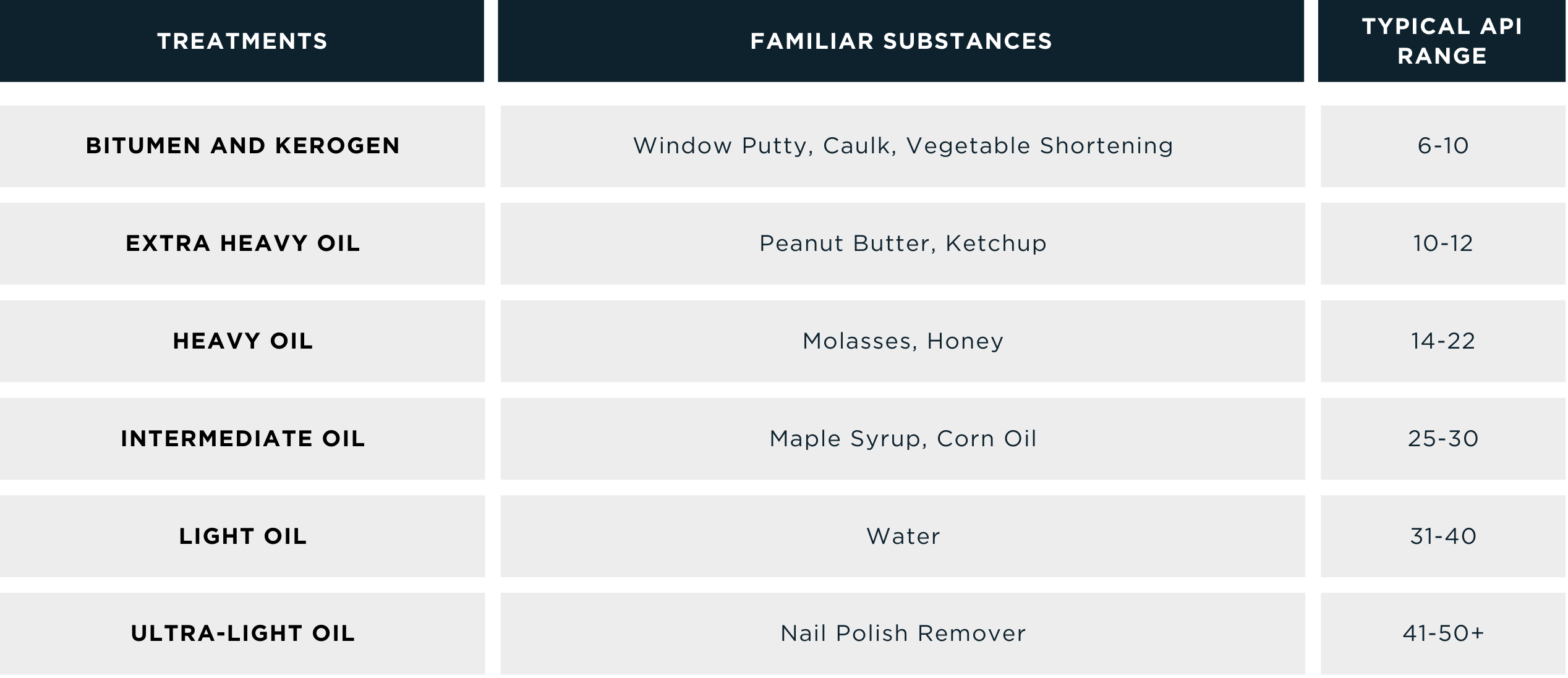Canada’s oil production can be broadly divided into two categories: “unconventional” production (oil sands) and “conventional” production (the rest). The term isn’t necessarily a reflection of different types of oil, but a reflection of how that oil is produced. About 38% (Source: CAPP) of Canada’s oil (and all of Canada’s natural gas) is produced using conventional methods, and the conventional side is responsible for significant investment and economic activity across multiple provinces. (Source: Alberta Government ST98 2023, Alberta Energy Outlook, S&P Global Oil Sands Dialogue, CER). In 2023, capital investment within the conventional sector (including natural gas and liquids producers) was $28.5 of the $40 billion invested in Canada’s oil and natural gas sector. (Source: CAPP)
Conventional, unconventional, what’s the difference?
Oil sands production separates heavy oil called “bitumen” from the space between sand grains within an oil sands deposit. At surface this is done by mining and at depth it is achieved through underground operations using steam. These operations are referred to as unconventional. In contrast, conventional oil recovery involves drilling, casing the well with steel and cement, and recovering oil from permeable reserves often at significant depths. Conventional oil typically is a liquid at atmospheric temperature and pressure. This means it can flow through a wellbore and a pipeline – unlike bitumen (oil sands oil) which is too thick to flow without being heated or diluted. This means it is often easier and less expensive to recover oil using conventional methods compared to oil sands production.
Conventional oil recovery uses drilling rigs and is the production method most people are familiar with. The traditional pumpjack is often the image associated with conventional oil recovery. Offshore oil production (which utilizes additional offshore-specific technology and occurs at sea) is also included in the conventional oil designation, as it uses similar drilling and recovery techniques. Conventional oil recovery operations may encounter low permeability rock (shale, sandstones, and other formations with very small pore spaces holding oil) and may need hydraulic fracturing to produce the oil.
Hydraulic fracturing
Hydraulic fracturing and horizontal drilling are methods used to produce oil or natural gas from tight rock formations.

Drilling conventional oil
Prospective oil reserves may be large and the recovery of oil generally involves either vertical or horizonal drilling.
Vertical drilling was the first type of extraction and was the only production method used until the 1980s, when horizontal drilling was invented. Wells are drilled straight down into the earth, directly into rock formations that hold oil or natural gas. This was once the standard for drilling, but as the benefits of horizontal drilling were realized, it has become less common.
Horizontal drilling uses flexible pipe and a steerable bit. The well is initially drilled vertically, then turned to run horizontally through an oil or natural gas deposit. Horizontal drilling allows for greater recovery potential compared to just vertical drilling and has become the most common form of drilling in Canada. Horizontal drilling also has the added benefit of less impact on the land. Due to the directional aspect of the operations, multiple wells can be drilled from the same location.

Where is Canada’s onshore conventional oil?
In Western Canada, conventional oil (and natural gas) is produced from a large area called the Western Canadian Sedimentary Basin (WCSB). The WCSB spans four provinces. This large, geologically diverse area means that drilling and recovery operations may vary from well to well.

Not all oil is the same
Canada’s diverse geography means different types of oil are often recovered from different areas. In northeastern B.C. for example, an ultra-light, nearly clear oil called “condensate” is often recovered, while in Alberta, heavier oil is often the product.
Defining the type of oil depends on its American Petroleum Institute (API) gravity number. The API gravity number is a standard the industry uses to express the density (also known as specific gravity) of oil. API gravity can vary greatly; the higher the API gravity number, the lighter and more liquid the oil. Most crude oil falls into the range of 20 to 45. Heavy oils are harder and most costly to extract.
There are many types of oil. According to the Canadian Fuels Association, there are more than 150 different types of oil in the world. Each type of oil has characteristics that make it desirable for certain uses and is refined accordingly. Some refineries are set up to process heavy oil, which yields different varieties and volumes of refined products than other types of crude. Other refineries are designed to process lighter crudes, which are easier and less expensive to refine.
Canada produces many varieties of oil. Canadian oil is produced from areas in the WCSB, offshore Newfoundland and Labrador, and even a small volume of from southwestern Ontario.
Types of crude oil: heavy, light, sweet, and sour
The American Petroleum Institute (API) gravity number is a standard the industry uses to express the density (also known as specific gravity) of oil. This is one measure used to differentiate types of oil. API gravity can vary greatly. The higher the API gravity number, the “lighter” and more liquid the oil.
Another factor used to differentiate types of oil is its sulphur content. Oil with high natural sulphur (0.5% or more) is called “sour,” while oil with lower sulphur is known as “sweet.” Sour crudes must undergo extra processing to remove sulphur, which is a byproduct that can be used as a component for fertilizer or other industrial products.
Heavy crude has an API gravity of less than 22.3, due to a higher proportion of long carbon-plus-hydrogen molecule chains. Heavy crude oils are less expensive for a refinery to purchase but more expensive to refine, since they have greater costs from higher energy inputs and additional processing to meet environmental requirements. Heavy crude can be refined to produce transportation fuels, and can also provide feedstock for plastics, petrochemicals, other fuels, and road surfacing.
Much of Canada’s heavy oil is produced in the oil sands region of northeastern Alberta. Bitumen is the raw material produced from oil sands operations. Bitumen must be diluted with a lighter hydrocarbon to make it liquid enough to flow through a pipeline. Bitumen can also be upgraded to create refined and semi-refined products including Western Canada Select (WCS), also known as synthetic crude oil. WCS is Canada’s largest heavy crude oil stream and typically has an API gravity of 19 to 22.
Other heavy oil is produced near Lloydminster on the Alberta / Saskatchewan border by drilling wells and pumping the heavy oil to the surface.
Light crude has an API gravity greater than 31. West Texas Intermediate (WTI) crude oil, which has an API gravity of about 40, is the North American benchmark for pricing light sweet crude. Light crudes are primarily refined into gasoline, diesel, and aviation fuels.
The Newfoundland and Labrador offshore industry produces mainly light sweet crude that ranges in API gravity from about 20 to just over 40.
The terms “conventional oil,” “tight or shale oil” and “unconventional oil” do not refer to a type or grade of oil but rather to how the oil is produced. These crudes, primarily produced in Alberta (outside the oil sands region), Saskatchewan, and offshore Newfoundland and Labrador, are usually light to medium weight and may be either sweet or sour.

